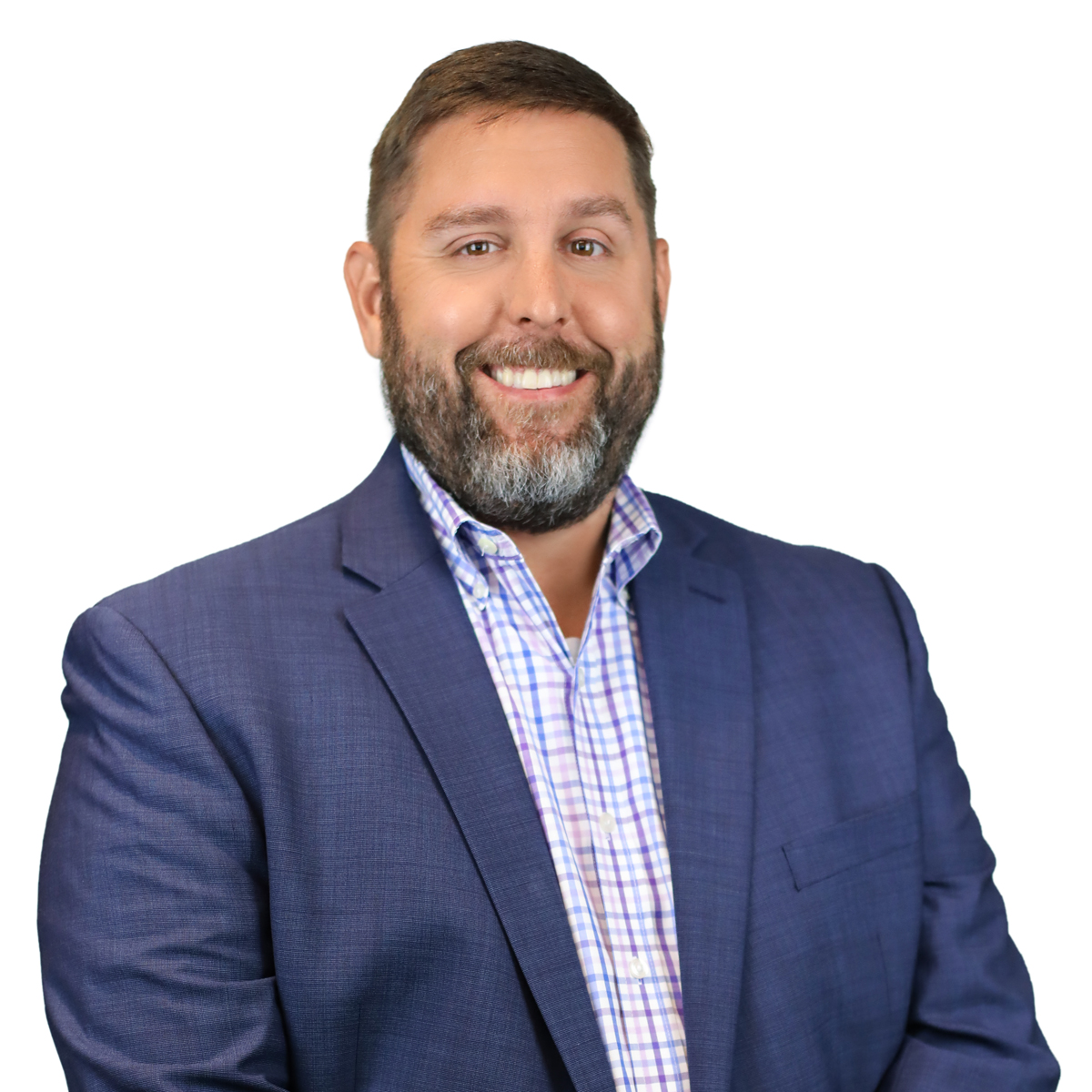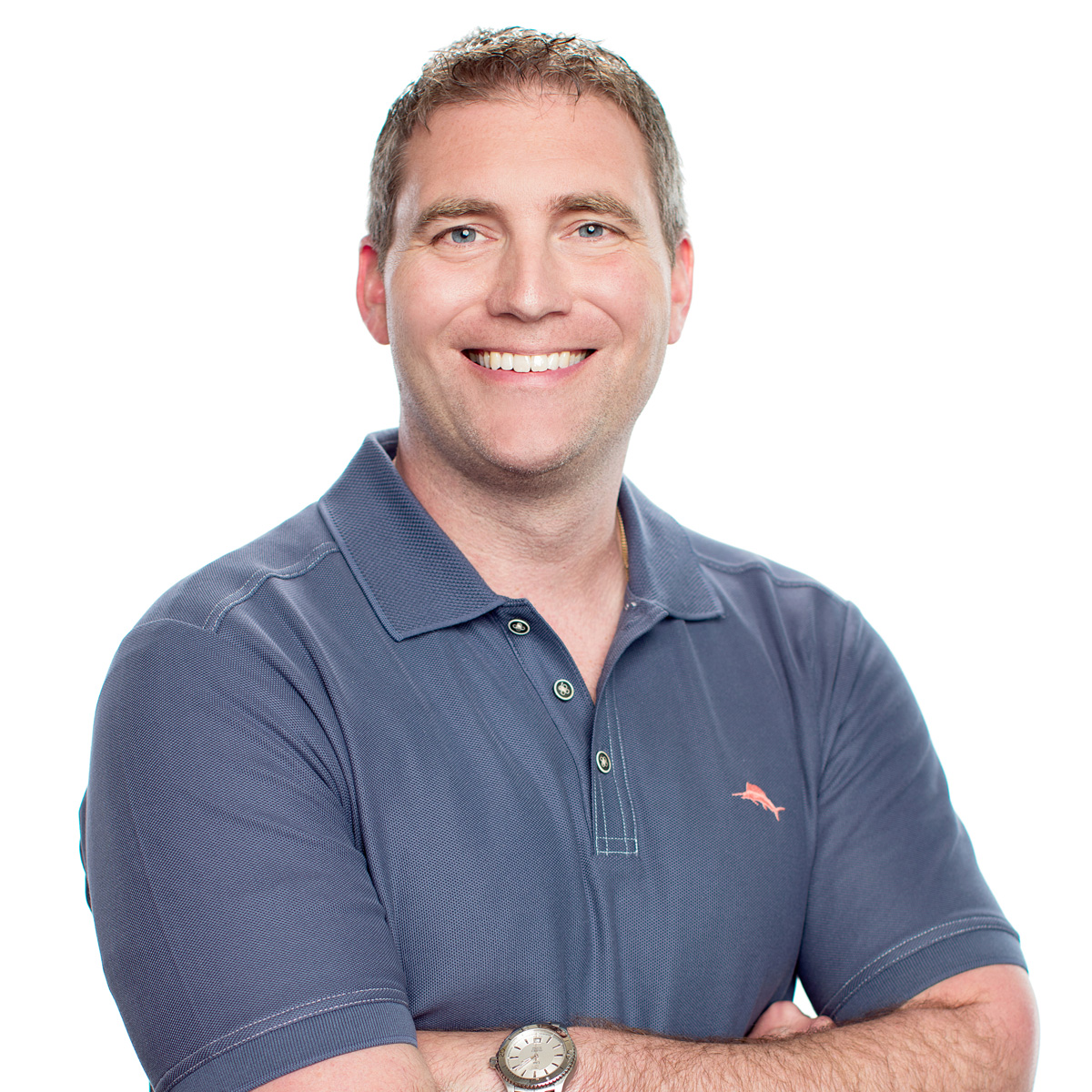Henderson Engineers recently attended the Healthcare Design Conference + Expo in San Antonio, Texas. With more than 100 sessions, there was no shortage of opportunities to learn about the latest trends and research in healthcare design. Russ Carter, health sector hospital practice director, Mark Chrisman, health sector executive, Liz Greer, health sector behavioral health practice director, and Jeff Teel, acoustics director, returned from the conference with the following key takeaways:
Mental health, especially pediatric mental health, is on everyone’s mind.
One in five American children suffer from a mental or behavioral health disorder. However, according to the Centers for Disease Control and Prevention, it is estimated that only about 20% of these children receive appropriate help from mental health professionals. Early diagnosis and appropriate services can make a difference in the lives of children with mental disorders. Engaging family, community, and school-based programs to help identify, prevent, and treat mental health disorders is becoming more commonplace, as opposed to historically only providing treatment in an inpatient or outpatient setting.
The healthcare industry is seeing increased wait times for outpatient appointments, pushing patients to the emergency department (ED) for behavioral health issues. Inpatient treatment capacity is down and ED visits for behavioral health-related reasons are up, causing patients with mental health illness to be held in an ED bed while waiting for an inpatient mental health bed. This leads to overcrowding in emergency departments, delays in treatment, and increased length of stay.
While there was a lot of discussion on alternative treatment settings and the different design solutions required for a behavioral health setting, a key message was that health systems should invest in human-centered environments for comprehensive treatment of children with mental and behavioral health conditions. Outdoor recreational areas, comfort spaces, and sensory rooms that are often considered “nice-to-haves” are, in fact, necessities.
There is no one-size-fits-all design in health.
People experience and interact with the world around them in many ways. There is no one right way of thinking, learning, or behaving. Viewing these differences as opportunities rather than deficits allows us as designers to meet people where they’re at in their healthcare needs. Design teams evaluate project details such as the use of color, pattern, texture, lighting, and noise reduction methods as these selections elicit different responses in varying patient populations.
In addition to considering neurodiversity in design, designing for health equity is equally important. Health equity means everyone has a fair and just opportunity to be as healthy as possible. This requires eliminating healthcare disparities that exist due to community demographics such as ethnicity, religion, age, and language. By identifying and valuing the social, economic, environmental, and cultural conditions that are essential to communities, we can create places that promote community wellbeing.
Sustainability
The U.S. healthcare market is responsible for 10% of the nation’s total annual carbon emissions while also being one of the most underperforming markets for carbon reductions. To drive sustainable design and construction, a collaborative approach between owner, facilities, design teams, and contractors is being implemented early on healthcare projects. Teams assess design, materials, and equipment through the lens of cost, project budget, constructability, return on investment, environmental impact, and embodied carbon; all while maintaining patient care at the center of decision making.
Opportunities to reduce both embodied and operational carbon exist in new construction and existing buildings, making energy savings possible on every project. Jurisdictions are beginning to adopt more stringent energy codes that phase out natural gas and require full building electrification. This makes a collaborative approach even more important between all parties.
Henderson Engineers recently became a signatory of the MEP 2040 Challenge. By doing so, Henderson is committed to “advocating for and achieving net zero carbon in their projects: operational carbon by 2030 and embodied carbon by 2040.” As the healthcare market works to decarbonize, commitments from all parties involved will be required to meet this goal and the goals of healthcare providers nationwide.
Henderson Knows Health
Henderson has been designing healthcare projects for more than 25 years and understands that each facility, campus, and project requires a unique approach. With that great responsibility comes the need to design solutions for patient safety, complex equipment, facility infrastructure, and patient experience. Our experts are on the frontlines helping healthcare providers navigate new technology, complicated code requirements, and the emergence of neighborhood medtail clinics – all while taking patient care and safety as seriously as our clients do. To learn more about our Health Sector, click here.




Join our email list to get the latest design innovations, technical content, new projects, and research from Henderson’s experts delivered straight to your inbox.